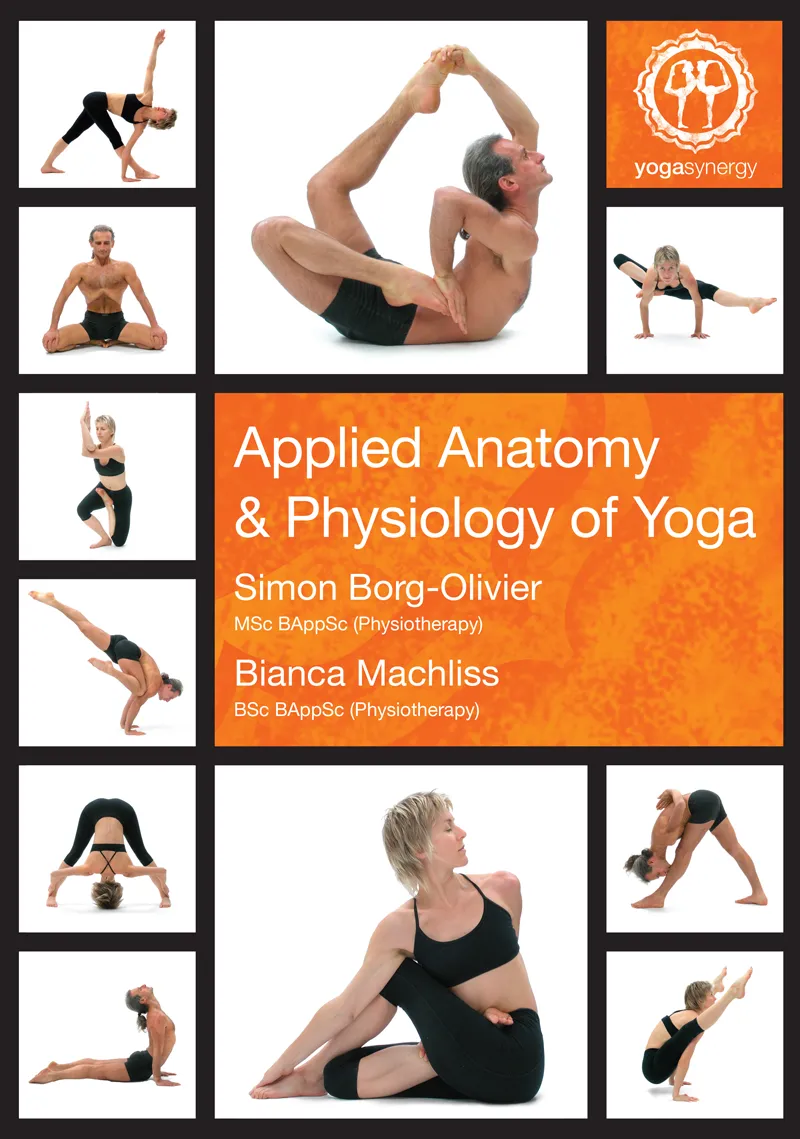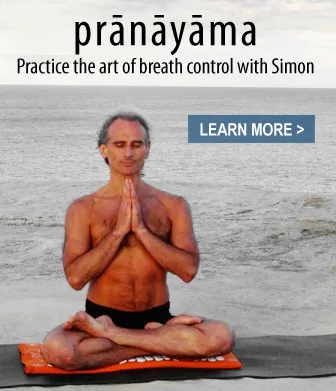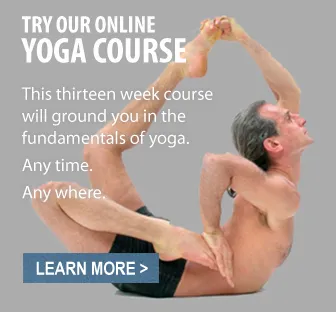
Instructions and Tips for Doing Inversions
Here are some some instructions and tips for doing difficult postures such as the half bound lotus unsupported headstand (ardha baddha parsva sirsasana), and also for doing inversions in general.
ARDHA BADDHA PADMA SIRSASANA instructions and tips:
The hardest thing about doing this posture in this beautiful posture was the incredibly large number of insects trying to eat me. I am trying to remain as calm as possible here!
This is a really fun pose but it is definitely not for everyone. Here are few clues that may help some of you achieve it.
1. STARTING: Firstly you need to have mastered headstand (Sirsasana), both supported (salamba) and unsupported (niralamba). If you have not yet mastered headstand you need to first master the forearm balance (pincha mayurasana), and you can begin practicing that in a dog pose, then walking your legs backwards up a wall, and finally do it freestanding. I believe it is only when you are able to free-stand in a forearm balance and then bend you elbows in order to slower lower your head to touch the floor into a headstand and then lift back up again are you really ready to be doing headstand, and in particular the less supported versions like shown here that obviously require a lot of strength and stability in your neck.
2. POSITIONING YOUR LOTUS LEG: It may be enough for some people simply to remain in straight headstand, but if it safe to go further then bring one leg actively into the half-lotus posture by using the muscles the move the hip and knee into the position. Then, keeping a firm protective grip on your knee muscles, flex (bend forwards) at your hips, bring the straight leg close to the floor, and try to bring your knee closer to your chest. This will bring your lotus foot closer to your binding hand and make it easier to for you bind the hand and foot.
3. POSITIONING YOUR LOTUS ARM: That may be enough for some people simply to remain in straight headstand or perhaps the stage with one leg in lotus and one leg on the floor. If you are safe and confident to go further then in order to take your lotus leg arm behind your back, first turn your shoulder outwards, then bring your arm behind you, then finally turn your shoulder inwards to grab your foot (this will allow your arm to go much further behind you, and it is clearly explained in our blog.
4. POSITIONING YOUR TRUNK: Press the head into the floor and push in the direction of the back of your head. Gently try to move (without actually moving) your throat in the direction your nose is pointing (this is called tha-jalandhara bandha and involves the same muscular neck stabilising action you would make if you were standing up and moving the throat forward and the head up as in the upward facing dog pose). To stabilise the trunk push the sitting bones towards the feet, move the top of the hips away from the feet and press the navel and the ‘navel spine’ (L4-L5) in the direction of the feet. Breathe diaphragmatically and keep the lower front ribs inwards.
INSTAGRAM search items (join me on instagram at simonsynergy if you can – I am enjoying instagram a lot lately)
#teachertraining #yogaanatomy #yogaphysiology #simonborgolivier #asana#Ashtanga #byronyogateachertraining #getdownandyoga #India #padmasana#StopDropAndYoga #yogatherapy
Remember to keep a firm grip of the muscles around your knee especially as you come in and out of the posture using #janubandha .
Once you have done this you can sit on your butt and #getonyourbuttandyoga
Thanks to Donatella Parisini for the photo
You can get more information by joining our live or online courses for teacher training and ongoing education with Bianca Machliss and my self at http://yogasynergy.com/training









